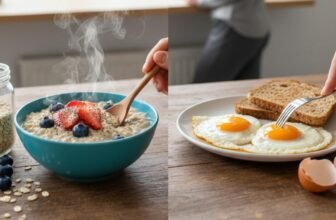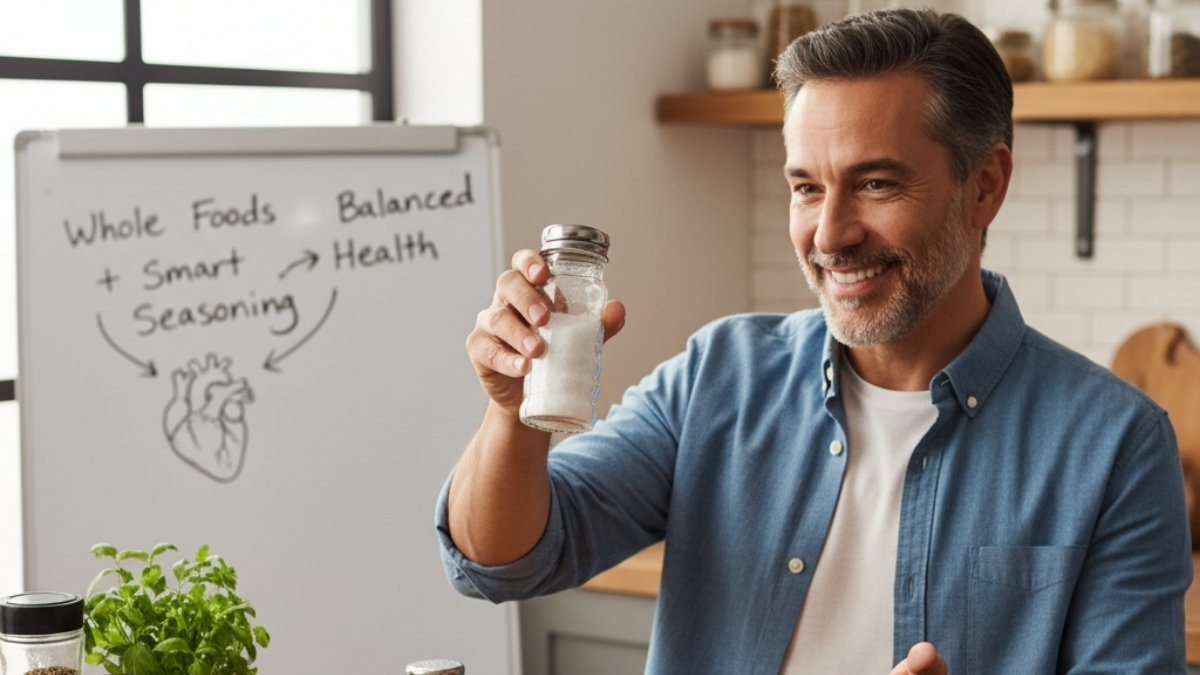
For years, you’ve heard the same message, drilled into our heads by doctors, health magazines, and just about everyone: Salt is the enemy. It’s the white-crystalled villain lurking in your pantry, waiting to clog your arteries and send your blood pressure through the roof. So you’ve tried. You’ve hidden the salt shaker. You’ve dutifully bought the “low-sodium” versions of foods, even if they tasted a bit like cardboard.
And yet… the message seems to be getting muddier. You hear whispers that maybe salt isn’t the monster it’s been made out to be. You see headlines questioning the very guidelines you’ve been trying to follow. It’s enough to make you want to throw your hands up and order a pizza.
So, what’s the real story?
Look, the truth is, the case against salt isn’t as simple as we’ve been led to believe. It’s a story that involves our ancient biology, the rise of civilization, some controversial science, and a food industry that has a lot more to do with our salt intake than the shaker on our dinner table. Let’s unravel this thing together, because understanding the real story is the first step to actually fixing it—without sacrificing flavor or your sanity.
Your Body Is Hardwired to Love Salt (For a Very Good Reason)
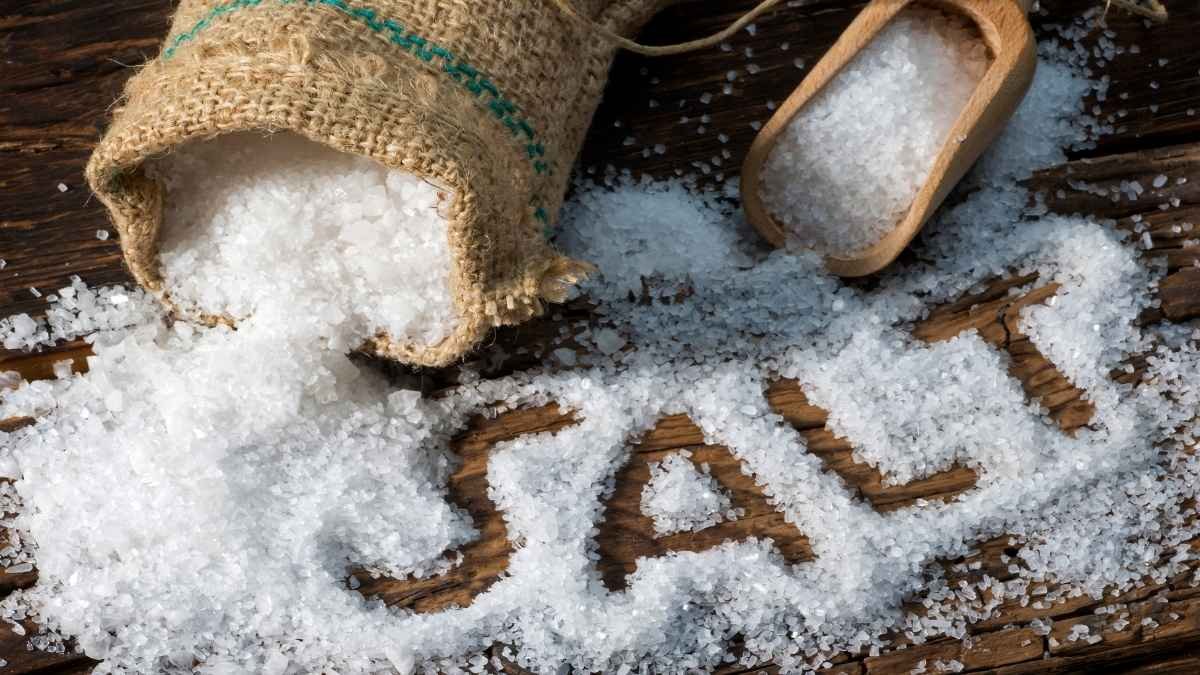
Before we get into the modern mess, we have to go way back. Like, Paleolithic-ancestors-roaming-the-savannah back. For millions of years, our predecessors ate a diet that was incredibly low in salt, getting less than a gram a day from whatever was naturally in their food. In that world, sodium was a rare and precious treasure.
And your body knew it.
Think about it: sodium is essential for life. You literally can’t live without it. Your body needs a baseline of about 500 mg a day just to function. Every single nerve impulse that fires, every muscle that contracts, every beat of your heart—it all depends on sodium. It’s an electrolyte, a mineral that carries an electric charge, and it’s the spark that makes your internal machinery run.
Because it was so vital and so scarce, the human body evolved to be a master of salt conservation. We developed incredibly powerful, sophisticated systems designed to hang on to every last ion. This isn’t a flaw; it’s a brilliant piece of evolutionary engineering. Our bodies are programmed, at a deep, biological level, to seek out and retain sodium.
This programming is the key to understanding everything that came next.
The game changed when we discovered agriculture 5,000 to 10,000 years ago. Suddenly, salt went from being a trace mineral to a cornerstone of civilization. Why? Because it was a magical preservative. Soaking meat and fish in brine made it possible to store food through the winter, allowing communities to settle and grow. Salt became so valuable that it was used as currency. The Romans built entire roads, like the “Via Salaria” (Salt Road), just to transport it, and governments from China to France funded their empires with heavy salt taxes.
Our salt intake exploded. From less than a gram a day, it shot up to 5 grams a thousand years ago, and then to a staggering 18 grams a day in 19th-century Europe. Our biology, designed for scarcity, was suddenly swimming in a sea of salt. And for centuries, nobody really questioned it.
So, When Did Salt Become the Bad Guy?
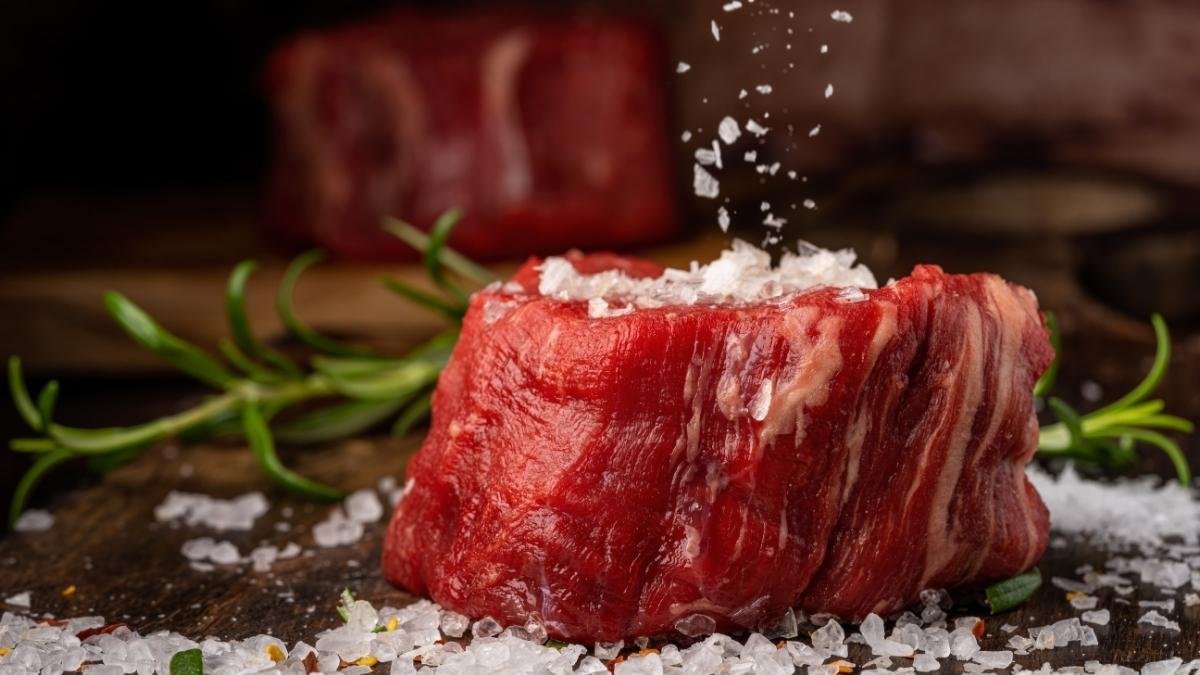
The modern “war on salt” can be traced to a specific moment: the 1970s. As nutrition science grew, the focus shifted from preventing deficiencies (like scurvy) to fighting the chronic diseases of excess. In 1977, a U.S. Senate committee released a groundbreaking report, Dietary Goals for the United States, that pointed a finger directly at the “Nation’s killer diseases” and their links to diet. For the first time, sodium was on the list of culprits. The report recommended limiting salt to about 5 grams a day (around 2,000 mg of sodium).
This set the stage for the first official Dietary Guidelines for Americans in 1980, which cemented salt’s new reputation as a public health enemy alongside saturated fat and sugar. The World Health Organization followed suit, calling sodium reduction a cost-effective “Best Buy” for fighting heart disease and stroke globally. The “Salt-Blood Pressure Hypothesis” was born, and it became gospel.
The core idea wasn’t wrong, exactly. The problem is a profound mismatch: we have the ancient biology of a salt-starved hunter-gatherer living in a world of salt-saturated processed foods. The guidelines were a necessary alarm bell in the face of a food system that was pumping our diets full of sodium to boost flavor and shelf life.
Your Body on Sodium: A Masterclass in Biology
To really get what’s going on, we need to geek out for a minute on the biology. It’s actually pretty amazing.
The Spark of Life: How Nerves and Muscles Fire
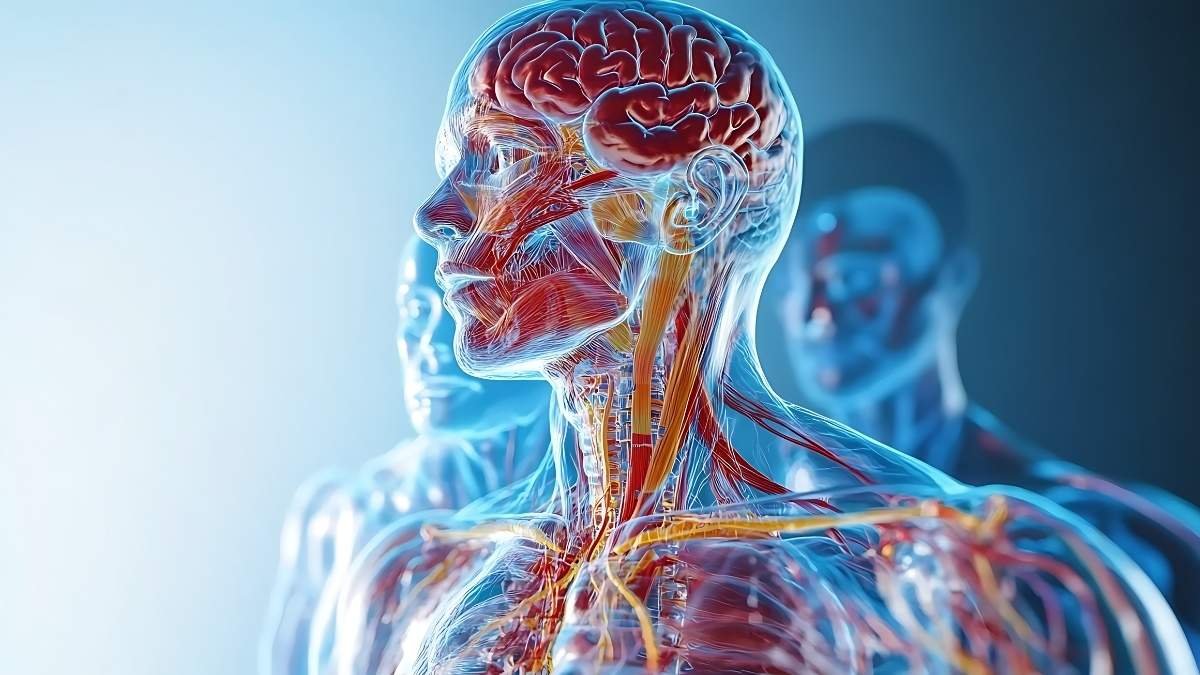
Every cell in your body is a tiny, salty banana floating in a less-salty ocean. The fluid inside your cells is packed with potassium, while the fluid outside is loaded with sodium. To keep this imbalance perfect, your cells have a tireless little engine called the sodium-potassium pump.
This pump is a protein that sits in the cell membrane, and it works 24/7. Using a tiny bit of cellular energy (a molecule called ATP), it constantly pushes three sodium ions out of the cell and pulls two potassium ions in. This creates a net positive charge on the outside of the cell, turning it into a tiny, charged battery. In fact, this little pump is so important that it uses up 20-40% of your cell’s entire energy budget.
When you need to think a thought or move a muscle, channels in the cell membrane fly open. Sodium ions flood back into the cell, and that rush of positive charge creates a wave of electrical energy—an action potential. That’s the signal. That’s the spark. Then, the pump gets right back to work, pushing the sodium out and recharging the battery for the next go-round. Without sodium, the whole system would go dark.
The Great Balancer: Managing Your Body’s Fluids

Sodium’s other main job is managing your body’s fluids, based on a simple principle you learned in high school chemistry: water follows salt.
When you eat a lot of salt, it gets absorbed into your bloodstream. Your body, always seeking balance, pulls water from your tissues into your blood vessels to dilute the extra sodium. More water means more blood volume. More volume in the same amount of space (your arteries) means higher pressure. It’s basic physics. Your kidneys are the master regulators here, constantly filtering your blood and deciding how much sodium and water to get rid of in your urine to keep everything in perfect balance.
This is also why both too much and too little sodium can be dangerous, especially for your brain. Too much sodium (hypernatremia) pulls water out of your brain cells, causing them to shrink. But too little sodium (hyponatremia), often caused by drinking way too much water, does the opposite. Water rushes into your relatively saltier brain cells, causing them to swell. Your brain is in a hard, bony box—the skull—and it has nowhere to go. Brain swelling is a life-threatening emergency.
This delicate dance shows why your body works so hard to keep sodium levels just right.
When Good Salt Goes Bad: The Real Risks of Overdoing It
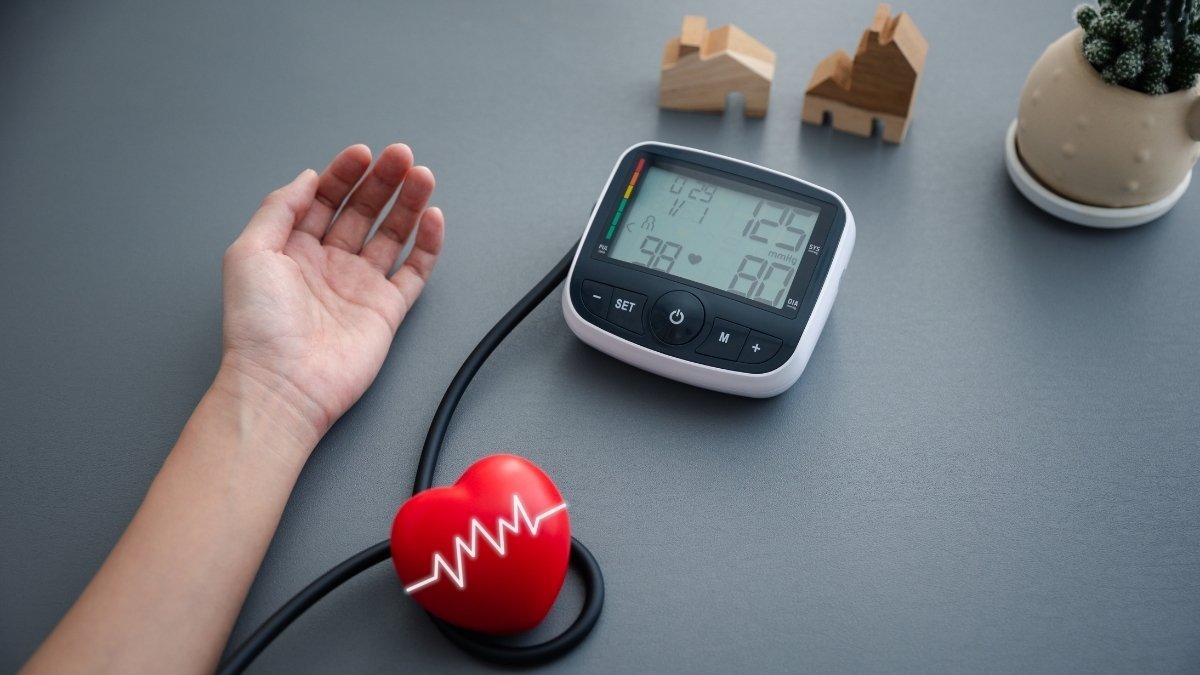
Okay, so sodium is essential. But let’s be clear: the amount most of us are eating is a problem. The global average intake is 4,310 mg of sodium a day—more than double the WHO’s recommended 2,000 mg limit. This level of overconsumption is linked to an estimated 1.89 million deaths every year, mostly from heart problems.
The most direct and proven risk is hypertension, or high blood pressure. As cardiologist Dr. Joseph Yeboah puts it, “High blood pressure due to excessive salt intake can lead to an enlarged heart, heart attacks, congestive heart failure and strokes.” It’s called “the silent killer” for a reason; you often don’t feel it until it’s too late.
But here’s what’s really interesting: the damage isn’t just about pressure. New research shows that high sodium levels can harm your body directly, even if your blood pressure doesn’t budge. It can damage the delicate lining of your blood vessels (the endothelium), making your arteries stiffer and less flexible. It puts a huge strain on your kidneys, which have to work overtime to filter out all that extra sodium, increasing the risk of chronic kidney disease over time. High-sodium diets are also linked to a higher risk of stomach cancer and osteoporosis, as your body leaches calcium from your bones to deal with the sodium overload.
And if you’re already on blood pressure medication, a high-salt diet can make it less effective, forcing your doctor to up your dose or add more drugs, which just means more side effects and more cost.
The Plot Twist: Why the Case Isn’t So Black and White
This is where the story gets complicated. Just as you’re ready to banish salt forever, a bunch of science comes along to say, “Hold on a minute.”
The Salt Sensitivity Spectrum
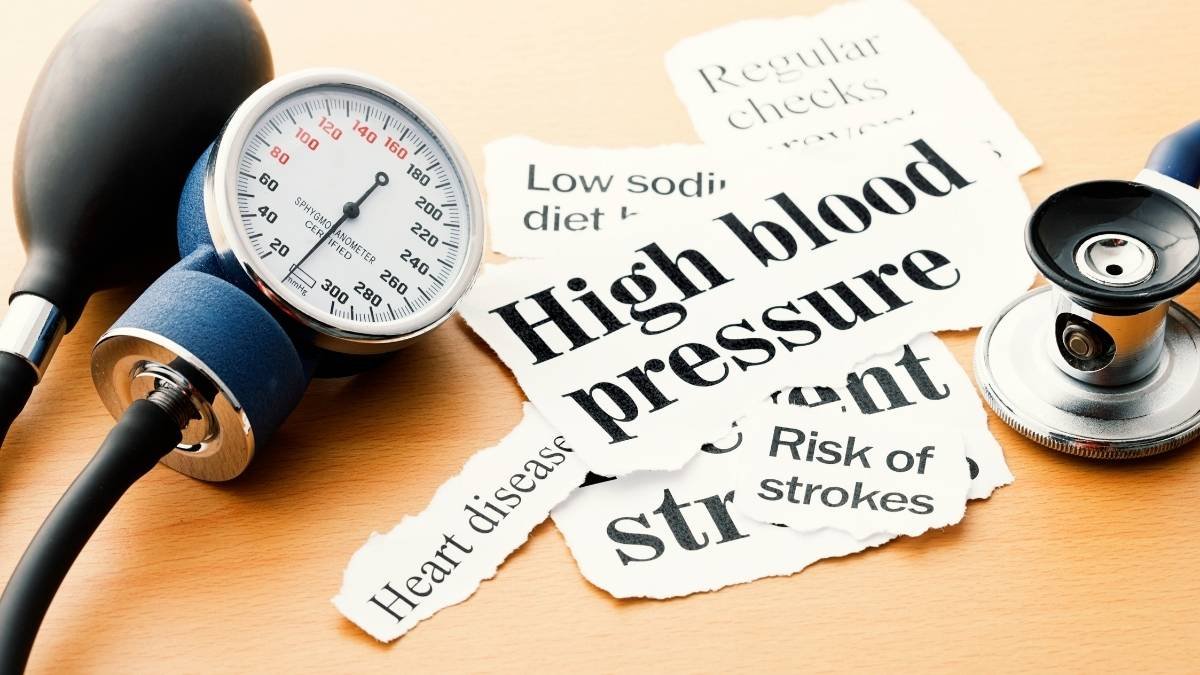
First off, not everyone reacts to salt the same way. Some people are “salt-sensitive,” meaning their blood pressure shoots up when they eat salt and drops when they cut back. Others are “salt-resistant,” and their blood pressure barely moves.
Who’s more likely to be sensitive? Older adults, Black individuals, and people who already have issues like hypertension, diabetes, or kidney disease. For these groups, sticking to lower sodium guidelines is probably much more critical. A one-size-fits-all rule doesn’t really make sense when our bodies are so different.
The J-Curve and the Potassium Factor

Then you have the big, confusing studies. One of the most famous, the INTERSALT study, looked at over 10,000 people in 32 countries. The main headline was that populations with higher salt intake had higher blood pressure. But when critics dug into the data, they found something weird. The study included four isolated tribes with extremely low salt intake. If you took those four groups out, the remaining 48 “modern” populations showed the opposite trend: blood pressure actually tended to go down as salt intake went up. That’s a pretty big contradiction.
More recently, the Framingham Offspring Study found that eating less than 2,500 mg of sodium a day was not linked to a lower risk of heart disease. What was? Higher intakes of potassium and magnesium. This points to a huge, often-overlooked piece of the puzzle.
It might not be about sodium in isolation, but about the sodium-to-potassium ratio. Our hunter-gatherer ancestors ate about 16 times more potassium than sodium. Today, we’ve completely flipped that ratio. Potassium is sodium’s natural counterbalance. It helps your kidneys get rid of excess sodium and relaxes your blood vessel walls. So, maybe the goal shouldn’t just be to cut sodium, but to dramatically increase potassium by eating more whole foods like fruits and vegetables.
Some research even suggests a “J-shaped curve” for sodium and health. This idea says that risk is lowest at a moderate intake (say, 3,000-5,000 mg/day) and actually goes up at both very high and very low levels. One recent study found the lowest risk for heart failure was at an intake of around 3,000 mg/day. This has fueled a massive debate: while cutting back from a very high intake is clearly a good idea, is pushing everyone down to super-low levels actually helpful, or could it cause other problems?
The Real Villain in the Sodium Story
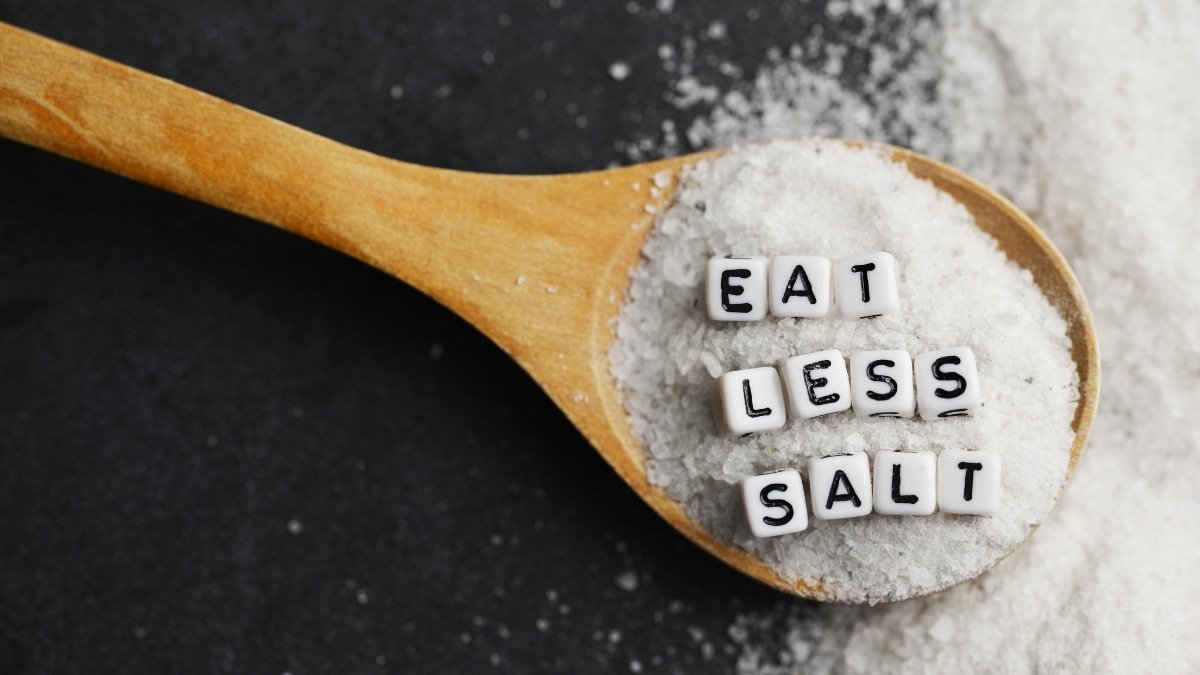
So if the science is this messy, what are we supposed to do? Well, here’s the biggest “aha” moment in the entire salt saga.
For decades, the blame has been put on us—on the salt shaker on the table. But that’s a complete misdirection. The data is crystal clear: more than 70% of the sodium in the American diet comes from processed, packaged, and restaurant foods.
Let that sink in. The salt you add yourself is a tiny fraction of the problem, maybe around 11%. The real issue is the invisible salt that food manufacturers add to everything. And it’s in foods you wouldn’t even think of as “salty.” The top sources—the so-called “Salty Six”—include things like bread, pizza, sandwiches, cold cuts, soups, and burritos.
The difference between whole food and its processed version is mind-blowing. The act of canning, preserving, and packaging food sends the sodium content into the stratosphere.
Just look at this:
🧂 Sodium Shock: Whole vs. Processed Foods 🚫
A comparison of sodium content (mg per 100g) showing how processing dramatically increases salt.
| Food Category | Whole/Minimally Processed Version | Sodium (mg/100g) | Highly Processed Version | Sodium (mg/100g) | Sodium Increase Factor |
|---|---|---|---|---|---|
| Vegetables 🥕 | Fresh peas, boiled | Trace (<1) mg | Canned peas, drained | 250 mg | ~250x 🤯 |
| Legumes 🌱 | Dried chickpeas, boiled | 5 mg | Canned chickpeas, drained | 220 mg | ~44x |
| Grains 🌾 | Wheat bran | 28 mg | Bran Flakes cereal | 1,000 mg | ~36x |
| Potatoes 🥔 | Fresh, boiled potato | 9 mg | Canned new potatoes, drained | 250 mg | ~28x |
| Meats 🥩 | Fresh roast beef | 48 mg | Canned corned beef | 950 mg | ~20x |
| Fish 🐟 | Fresh steamed salmon | 110 mg | Smoked salmon | 1,880 mg | ~17x |
Why do they do this? Sure, for flavor. But sodium is also a powerful preservative that extends shelf life, and it improves the texture of things like processed meats and helps baked goods rise. The problem is, the amounts they use are often way more than necessary.
The real villain isn’t the salt shaker on your table. It never was. It’s the food system we’re all living in.
The “Smart Salt” Solution: How to Take Back Control
Okay, so what does this all mean for you, standing in your kitchen, just trying to make a healthy dinner? It means we need to stop thinking in terms of “low-salt” and start thinking in terms of “smart-salt.” It’s not about fear and deprivation. It’s about knowledge and balance.
As cardiologist Dr. Dmitry Yaranov says, “Don’t go low-salt, go smart-salt.” Here’s your action plan.
1. Ditch the Myths
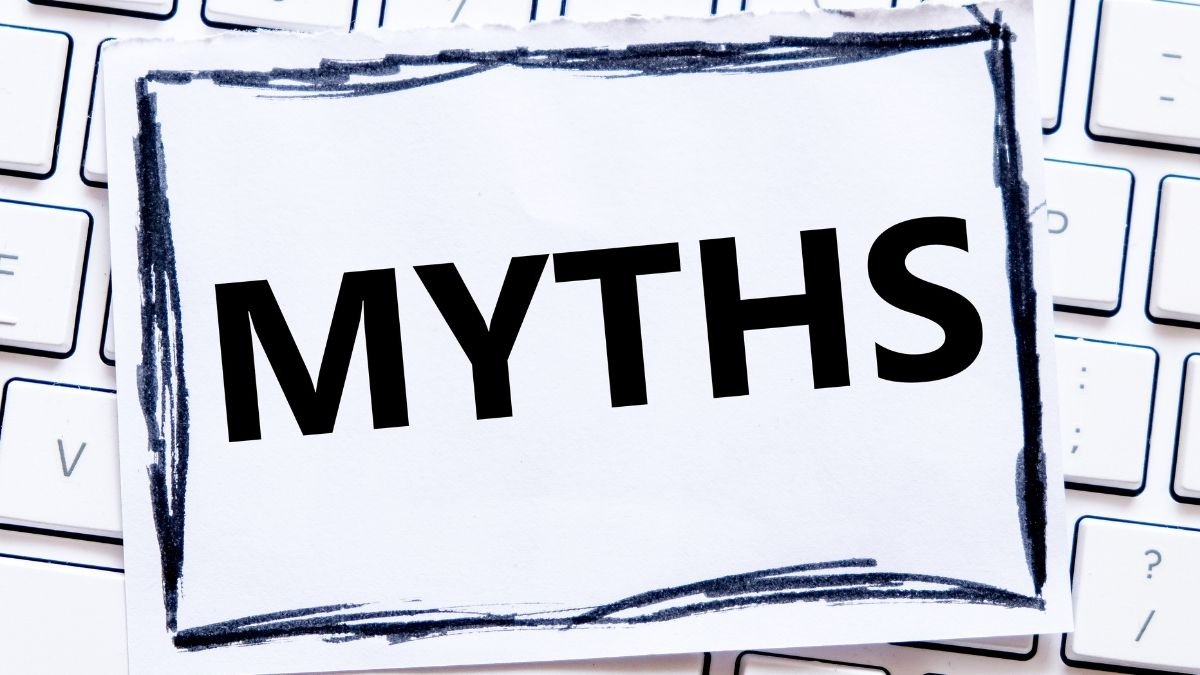
Let’s clear up some common nonsense right now.
- Myth: Sea salt is healthier than table salt.
- Truth: Nope. Nutritionally, they are basically identical. Both are about 40% sodium by weight. Sea salt might have a few trace minerals, but not enough to make any health difference. It’s a marketing gimmick.
- Myth: If my blood pressure is normal, I don’t need to worry.
- Truth: High sodium can still damage your organs without raising your blood pressure. Plus, blood pressure tends to creep up with age. A smart-salt diet now is an investment in your future health.
- Myth: I don’t add salt, so my intake is low.
- Truth: Remember the 70% problem? The salt shaker is a bit player. You could never touch it and still be way over the limit because of processed foods.
- Myth: Food without salt is bland.
- Truth: Your taste buds are adaptable. When you cut back on sodium for a few weeks, they recalibrate. Suddenly, the natural flavors in food pop. Things you used to love might even start to taste way too salty.
2. Become a Sodium Detective
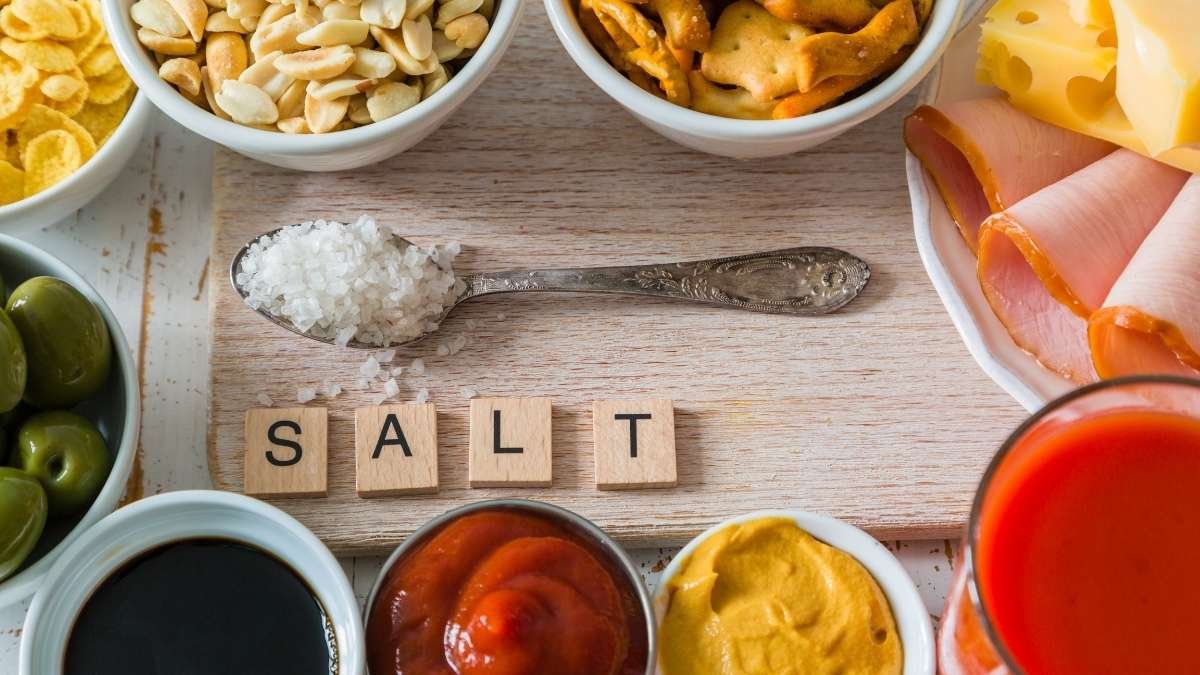
The Nutrition Facts label is your best friend. Here’s how to use it like a pro.
- Check the Serving Size First: All the numbers on the label apply to one serving. A can of soup might look like one meal, but the label could say it’s two or more servings. It’s the oldest trick in the book.
- Look at the Milligrams (mg): Find the “Sodium” line. That’s your number.
- Use the % Daily Value (%DV) as a Shortcut: This is based on the 2,300 mg daily limit. Use the 5/20 rule:
- 5% DV or less is low in sodium.
- 20% DV or more is high in sodium.
- Know the Lingo: “Reduced Sodium” just means it has 25% less than the original—it could still be high. “Low Sodium” (140 mg or less) and “Sodium-Free” (less than 5 mg) are the terms you can trust.
3. Unleash the Power of Potassium
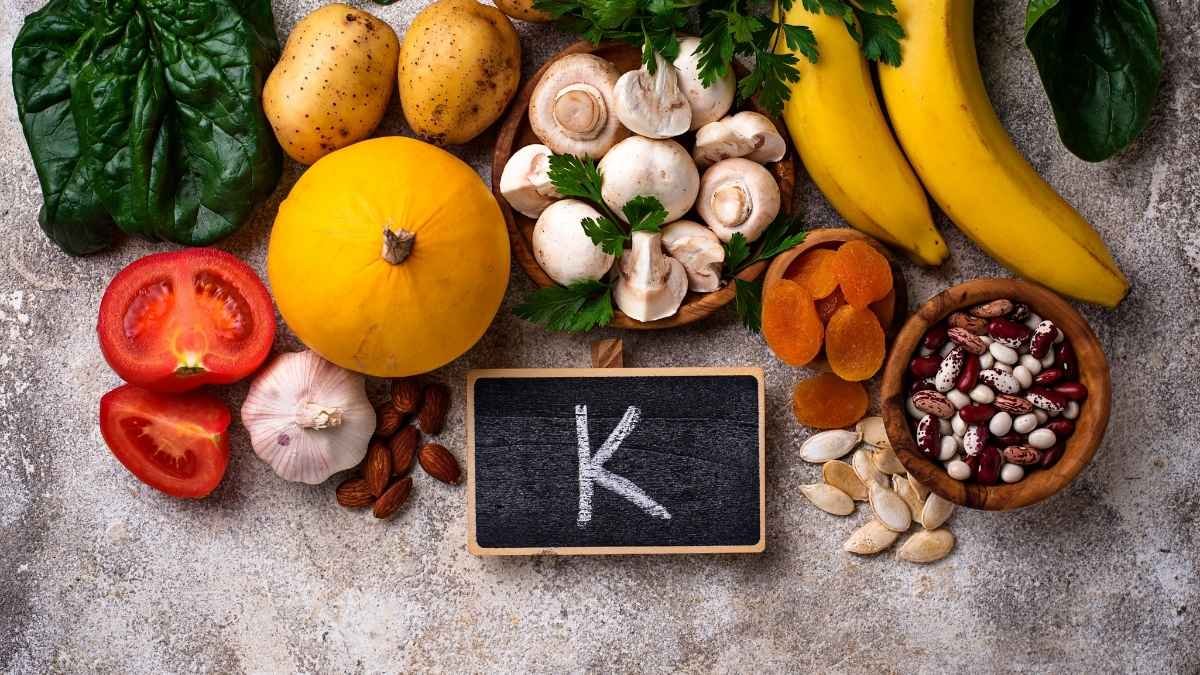
This is the fun part. A smart-salt plan is about adding delicious things, not just taking them away. Load up on potassium-rich foods to help your body balance out sodium. Think:
- Veggies: Sweet potatoes, spinach, tomatoes, and white beans.
- Fruits: Avocados, bananas, oranges, and cantaloupe.
- Dairy: Low-fat milk and yogurt.
- Fish: Salmon and tuna.
Basically, eat more real, whole food. It’s naturally high in potassium and low in sodium.
4. The Flavor Fix: In Your Kitchen and Out on the Town

You don’t have to eat boring food. Ever.
- At Home:
- Cook from scratch as much as you can. It’s the number one way to control what’s in your food.
- Rinse canned goods like beans and tuna. You can slash the sodium by up to 40%.
- Build a flavor arsenal. Get creative! Use garlic, onions, herbs, spices, citrus juice, and different vinegars. A squeeze of lime or a dash of smoked paprika can do more for a dish than salt ever could.
- At Restaurants:
- Ask. Don’t be shy. Request that your food be made with no added salt. Ask for sauces and dressings on the side.
- Choose wisely. Grilled, steamed, or roasted dishes are usually better bets than anything fried, cured, smoked, or swimming in a sauce like soy or teriyaki.
Need More Help? Look Into These Tools.
Making a big dietary shift can feel overwhelming, but you don’t have to do it alone. Having the right tools in your kitchen can make the transition smoother and, honestly, a lot more enjoyable. Here are a few things that can make a real difference as you start your smart-salt journey.
1. A Good Salt Substitute:
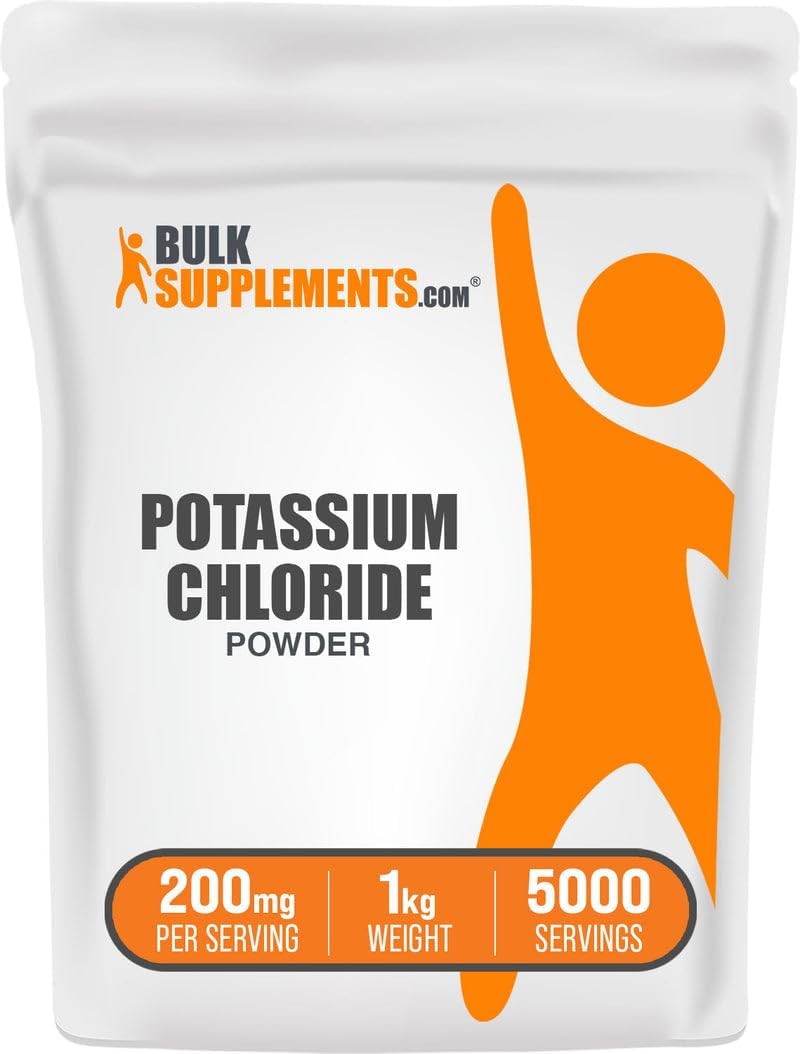
For moments when you really just miss that classic salty taste, a salt substitute can be a game-changer. Morton Salt Substitute is a popular choice that uses potassium chloride instead of sodium chloride to deliver a similar flavor without any sodium. It’s a great first step for weaning yourself off the shaker.
2. A Go-To Salt-Free Seasoning Blend:
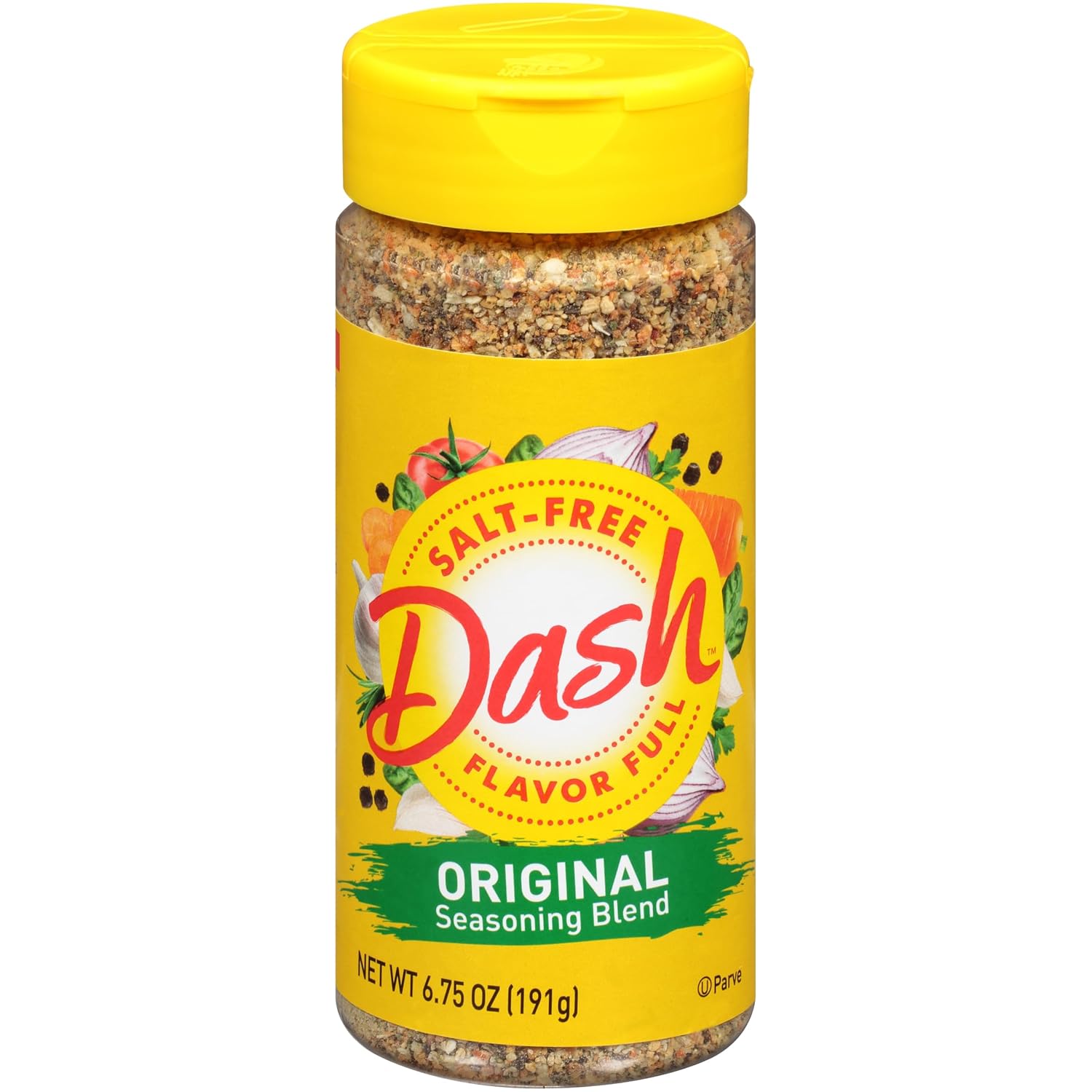
Instead of trying to replace salt, the better long-term strategy is to build flavor with other things. A versatile, all-purpose seasoning blend is your best friend here. Dash Salt-Free Original Seasoning is a classic for a reason; it’s a mix of onion, black pepper, parsley, and other herbs that adds a savory kick to everything from chicken to roasted vegetables.
3. Low-Sodium Broth or Bouillon:

Soups, stews, and sauces are notorious sodium traps. Keeping a quality low-sodium broth on hand is essential. Better Than Bouillon makes a reduced-sodium base that’s concentrated, so a single jar lasts a long time and gives you total control over the flavor and sodium level of your dishes.
4. A Nutrition-Tracking Food Scale:

Since most sodium is hidden, just guessing your intake is nearly impossible. A digital kitchen scale that tracks nutritional information takes the guesswork out of it. The Greater Goods Nutrition Food Scale has a database of thousands of foods and can calculate the sodium (and other nutrients) in your exact portion size, giving you a clear picture of what you’re actually eating.
5. An Inspiring Low-Salt Cookbook:

Sometimes, you just need some fresh ideas. The American Heart Association Low-Salt Cookbook is packed with recipes that are not only low in sodium but also designed to be heart-healthy and delicious. It’s a great resource for proving that this way of eating can be exciting and satisfying.
The Final Verdict: Putting Salt in Its Place
So, is salt the villain? No. It’s an essential mineral that our bodies need to survive.
The real problem is the world we’ve built around it—a world where our ancient biology is overwhelmed by a food system that has saturated our diet with sodium. The story isn’t about good vs. evil; it’s about balance.
The path forward is clear. It’s about shifting our focus from the salt shaker to the processed foods that are the real source of the problem. It’s about embracing a diet rich in whole, potassium-packed foods. It’s about becoming an informed, empowered eater who knows how to read a label and build incredible flavor without relying on a single ingredient.
This isn’t a diet of deprivation. It’s a return to a more natural, balanced way of eating. And the best part? Your body already knows how to do it. We just have to give it a chance.

